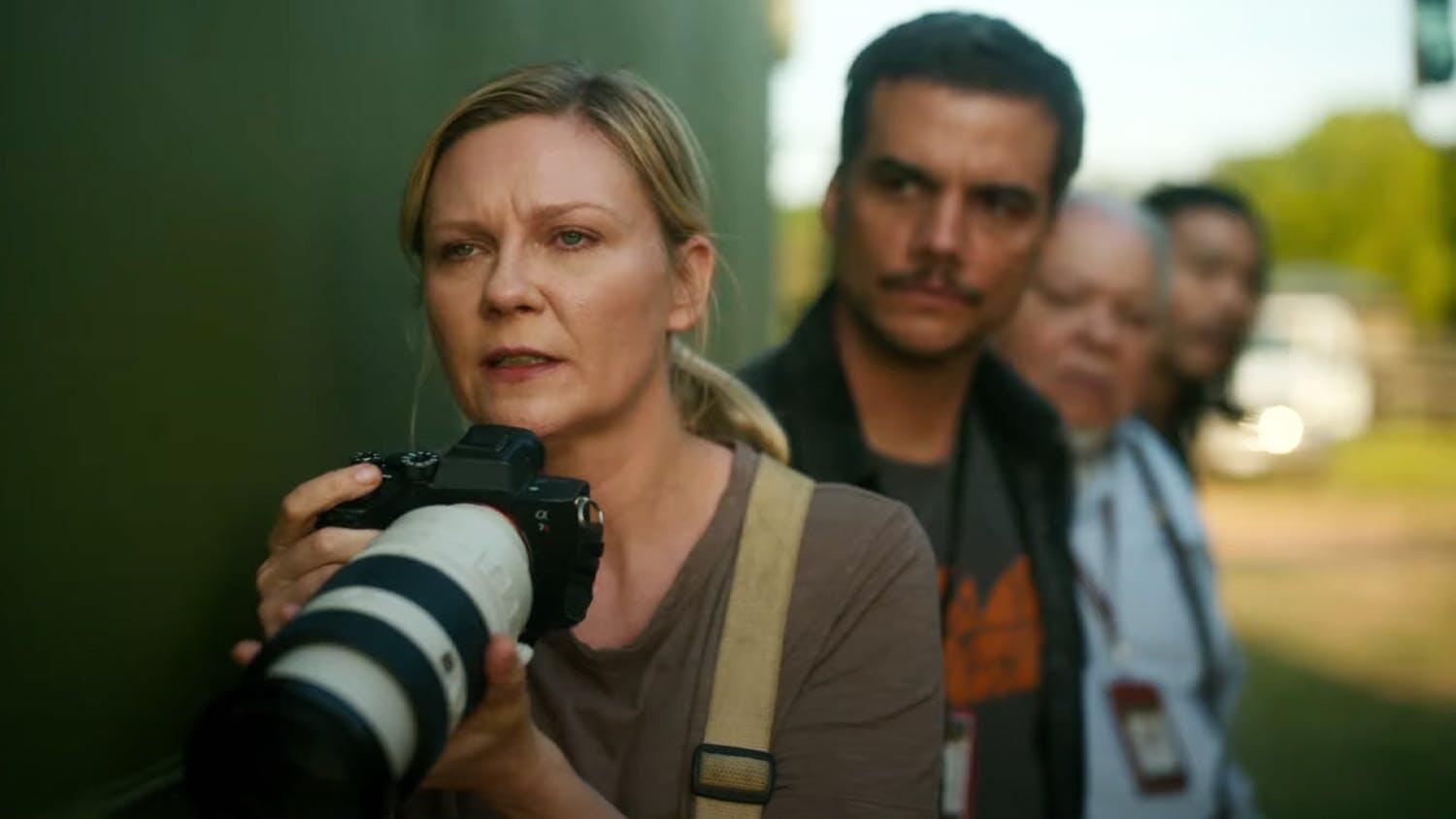by Dilys Powell
In one sphere, space-travel, the cinema has been ahead of public opinion, at any rate most sections of public opinion. In the nineteen-fifties one laughed at the fantasies of, say Rocketship XM, which showed a party of travellers who aimed at the moon but owing to a feminine miscalculation landed instead on ‘our most congenial planetary neighbour’ (‘Well, Mars, whaddya know!’ as one of them put it). And it is true that the style of those early essays in space-fiction was often risible and their scientific content rudimentary; Mars turned out to be inhabited by Stone Age hammer-throwers. But today even in the cinema one doesn’t laugh about space-travel any more. Though one may yawn. With space-travel it takes an exceptional film to stop me yawning.
But then 2001: A Space Odyssey (director Stanley Kubrick) is an exceptional film.
Enormous of course: Cinerama, nearly two-and-a-half hours of it on the huge Casino Screen. And size is needed. For this is not a matter of making a close shot fit the extent of the rectangle. It is a matter of accommodating the lunar landscapes, the curving decks of the spaceship and the starry void through which it travels.
The narrative is in three parts linked by the recurring presence of an uncommunicative, slab-like, monolithic object, not man-made but not nature-made either. The ape-like creatures who in the opening sequence (the Dawn of Man, it is called) are seen mastering the use of a chunk of bone to bash one another with discover the monolith on, presumably, the earth. At a more advanced stage of terrestrial civilisation it is found by scientific excavators on the moon, where it responds to sunlight by emitting high-pitched signals. And the astronaut rushing in search of the focus of the signals towards Jupiter sees the alien oblong floating in the heavenly spaces. It isn’t in our sense of the word alive. But it implies the existence in the solar system of ubiquitous beings, intelligent forces infinitely older than the human race.
So much for the unity of the film. A shaky unity. I know that Kubrick and his co-writer, Arthur C. Clarke, needed the Dawn of Man passage to establish the relation of their monolith with human evolution. Nevertheless the sequence seems out of place. And you long to get to the space-ships and that famous three-quarters-of-a-million centrifuge; for it is in such flights into the future that Kubrick’s work flourishes, not in some semi-philosophical concept of a mysterious life-force.
A few earth-age jokes are included to make you feel at home: the space-station is run by Hilton, there are special instructions for the use of the Zero-Gravity Toilet (the perpetuation of that nauseating noun adds yet another terror to space travel). But it is for the presentation of a whole frightening space-world that I at any rate shall remember 2001. I don’t mean simply the display of brilliantly executed tricks with gravity and the rest of it: the stewardess walking up and down the circular walls, the unprotected astronaut desperately flinging himself across a vacuum. I mean the creation of an area of life isolated from past human experience: the journey governed not merely by the incessantly winking panels (are their signals scientifically valid? I wouldn’t put it past Kubrick) but by a computer who (‘which’ is is not applicable here) talks, listens, watches and apprehends; who having been put in command suddenly asserts his authority; who deliberately murders.
In a routine space-film the struggle between the computer (the voice, at once cosy and sinister, is Douglas Rain’s) and the human astronaut (Keir Dullea) might degenerate into sci-fi melodrama. But not in the hands of so brilliant a man as Kubrick; I wish he had cut down the human evolution stuff and concentrated on the problem, only too imminent, of man versus the machines of the future. His film could still have gone on to the journey through the solar system, the extraordinary rushing passage through light, colours, nebulous shapes which forms the dazzling climax. And the journey could still have ended on the enigmatic scene in which at the last the astronaut, traveller in time as well as space, is confronted by his own image, ageing, dying and (with the intervention of that monolithic life-force) reborn. After all the film is called an Odyssey, and Odysseys end at home.
A distant connection of mine used to admonish: ‘Always resist the Zeitgeist!’ I shrink from the cold pitiless worlds into whose light Kubrick leads us. But I suppose it is no use resisting. In any case the film with its ranging imagination and its superb execution (laurels, surely, for British technicians) is an adventure not to be missed.
The Sunday Times, May 1968
Republished in Dilys Powell, The Golden Screen: Fifty Years at the Films




